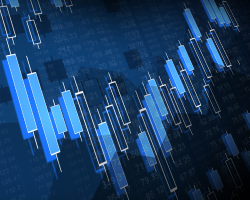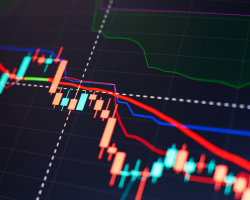Beyond Trends and Volatility: Unraveling the Complexity of Market Conditions
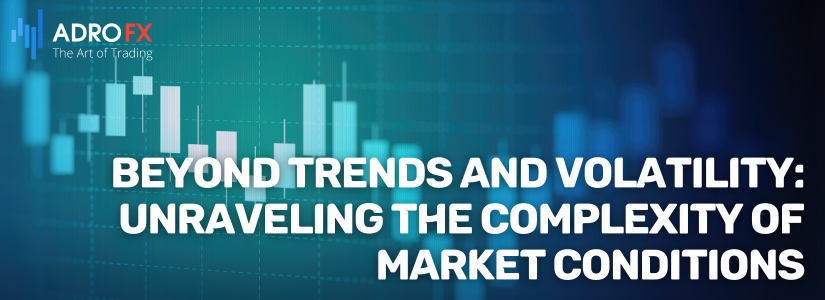
Navigating the intricate world of financial markets requires more than a cursory understanding of asset values and economic indicators. It demands a keen awareness of the ever-changing conditions that govern these markets. This is where the concept of "market conditions" takes center stage. In this exploration, we delve into the dynamic landscape of market conditions, unraveling the critical elements that shape the ebb and flow of financial markets. From the volatility that sends ripples through prices to the subtle trends guiding trading strategies, understanding market conditions is the linchpin for traders seeking success in the unpredictable realm of finance.
What Are Market Conditions?
Market conditions refer to the state or environment of a financial market at a particular point in time. These conditions are dynamic and can vary based on factors such as supply and demand, economic indicators, geopolitical events, and investor sentiment. Traders and investors analyze market conditions to make informed decisions about buying or selling financial instruments.
Key aspects of market conditions include:
- Volatility
Volatility measures the degree of variation in the price of a financial instrument. High volatility indicates larger price swings, while low volatility suggests relatively stable prices. - Trends
Markets can exhibit trends, which are prolonged price movements in a particular direction (upward, downward, or sideways). Identifying trends helps traders anticipate potential future price movements. - Liquidity
Liquidity refers to the ease with which assets can be bought or sold without causing a significant impact on their prices. High liquidity markets have a large number of buyers and sellers. - Market Sentiment
Investor sentiment plays a crucial role in market conditions. Positive sentiment can drive buying activity, while negative sentiment may lead to selling. - Economic Indicators
Economic data, such as GDP growth, employment figures, and inflation rates, can influence market conditions. Strong economic indicators may contribute to bullish conditions, while weak indicators can lead to bearish conditions. - Political and Geopolitical Events
Political stability and geopolitical events can impact market conditions. Uncertainty or instability may create volatility, affecting investor confidence. - Interest Rates
Central bank decisions on interest rates can significantly influence market conditions. Changes in interest rates affect borrowing costs, investment decisions, and currency values. - Earnings Reports
For individual stocks, corporate earnings reports play a crucial role in shaping market conditions. Positive earnings can lead to bullish conditions, while disappointing earnings may result in bearish sentiment. - Seasonal Factors
Some markets exhibit seasonal patterns based on factors like weather, holidays, or economic cycles. Traders consider these patterns when analyzing market conditions.
Understanding market conditions is essential for traders and investors to develop effective strategies. Different trading styles may be more suitable for specific market conditions. For example, trend-following strategies may be effective in trending markets, while range-bound strategies could be suitable in sideways markets. Adapting to changing market conditions is a key aspect of successful trading.
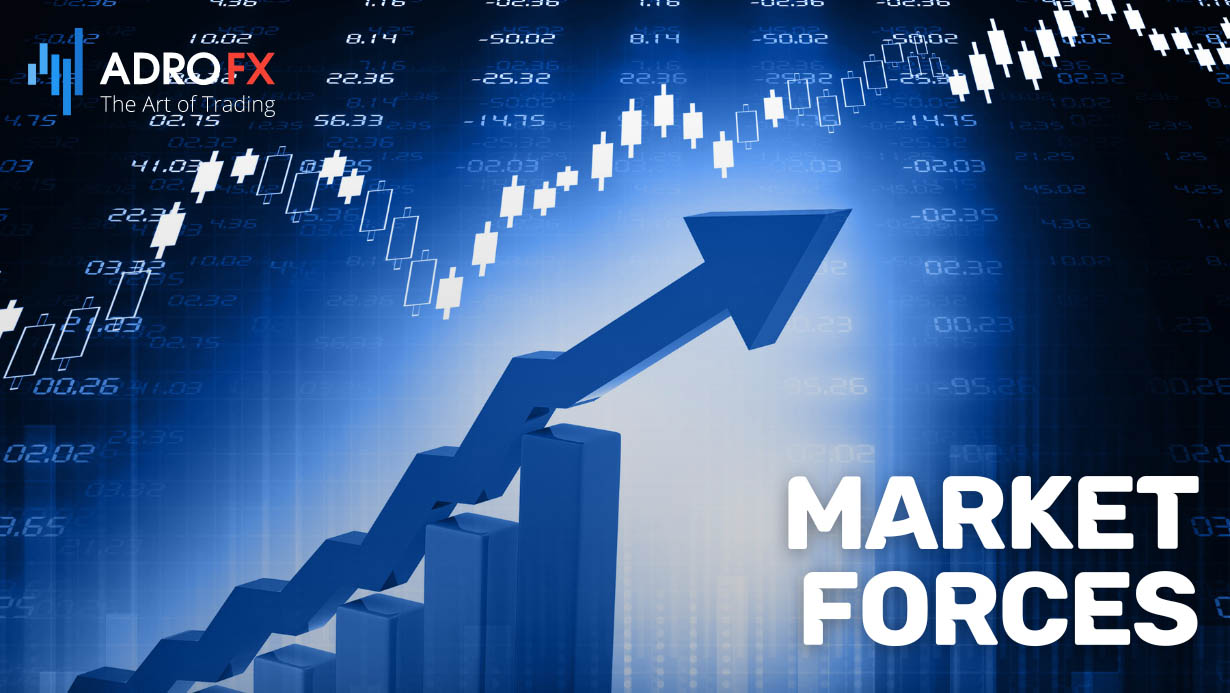
Market Forces
Market forces refer to the factors and mechanisms that influence the supply and demand for goods and services in a market economy. These forces play a fundamental role in determining the prices of commodities, the allocation of resources, and the overall functioning of the market. Market forces are driven by the interactions of buyers and sellers in pursuit of their individual interests.
Key components of market forces include:
- Supply and Demand
The cornerstone of market forces, the law of supply and demand establishes that the price and quantity of goods and services are determined by the balance between what producers are willing to supply and what consumers are willing to buy. - Price Mechanism
Prices serve as signals in the market, conveying information about scarcity, value, and preferences. Changes in prices influence the decisions of both producers and consumers. - Competition
Competitive forces drive efficiency and innovation in markets. The presence of multiple producers and sellers encourages price competition and enhances the quality of goods and services. - Consumer Preferences
The choices and preferences of consumers influence the demand for specific products. Market forces respond to shifts in consumer tastes, leading to adjustments in production and offerings. - Technology and Innovation
Advances in technology and innovation impact market forces by introducing new products, improving efficiency, and reshaping industries. Market participants adapt to technological changes to remain competitive. - Regulation
Government regulations can influence market forces by imposing rules and standards on business practices, promoting fair competition, and addressing issues of market failure. - Globalization
In an interconnected world, international trade and globalization contribute to market forces. Businesses and consumers are affected by global economic trends, geopolitical events, and cross-border competition. - Labor Market Dynamics
The availability and cost of labor are significant market forces. Wage levels, employment rates, and labor mobility impact production costs and, consequently, the prices of goods and services. - External Shocks
Unexpected events, such as natural disasters, political upheavals, or public health crises, can disrupt market forces. These external shocks may lead to sudden changes in supply, demand, and prices. - Government Interventions
Government policies, including fiscal and monetary measures, can influence market forces. For example, changes in interest rates or tax policies can impact investment, spending, and overall economic activity.
Understanding market forces is crucial for participants in the economy, including businesses, investors, policymakers, and consumers. It provides insights into the dynamics of market interactions, helping stakeholders make informed decisions and respond to changing economic conditions. Market forces are dynamic and can adapt to shifts in various factors, contributing to the continuous evolution of market economies.
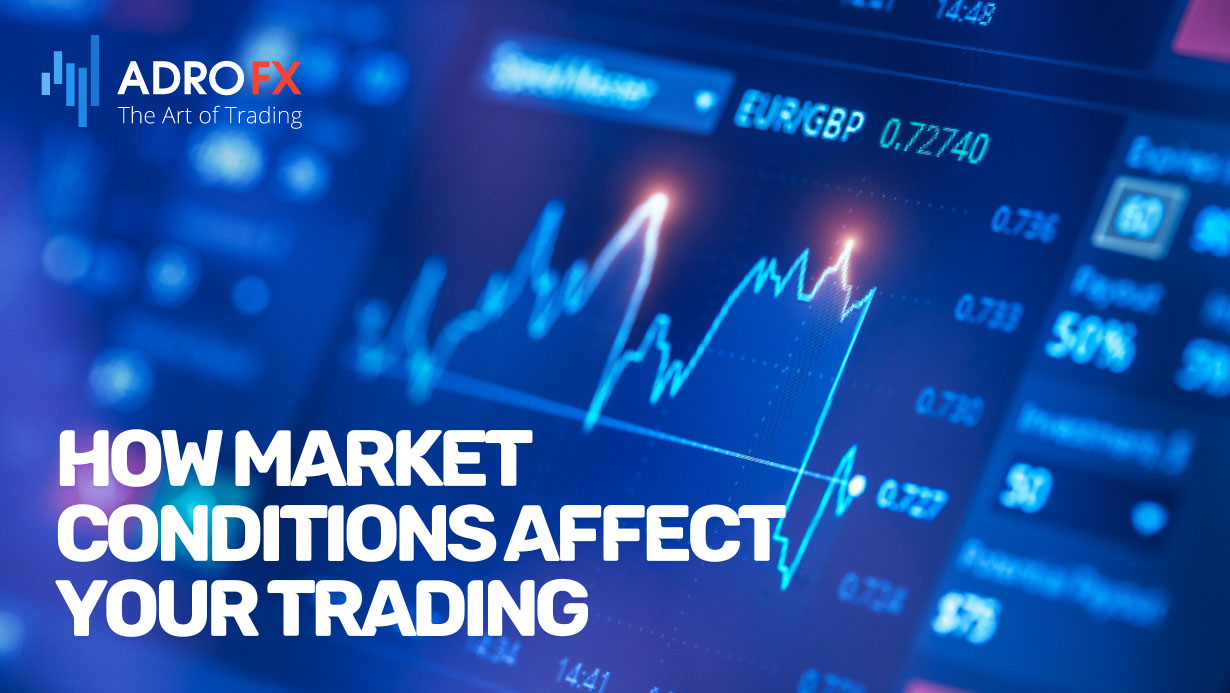
How Market Conditions Affect Your Trading
Market conditions play a pivotal role in shaping the landscape of trading activities, significantly impacting the strategies and outcomes of traders across various financial markets. Understanding how these conditions influence trading is essential for making informed decisions and navigating the complexities of the market. Here's a closer look at how market conditions can affect your trading:
Volatility
High volatility can present both opportunities and risks. It may lead to larger price swings, providing profit opportunities, but also increasing the likelihood of significant losses. Traders need to adjust their risk management and position sizing in volatile markets.
Trending vs. Range-Bound Markets
Identifying whether the market is in a trending or range-bound phase is crucial. Trend-following strategies may be more effective in trending markets, while range-bound conditions may favor mean-reversion strategies. Adapting your approach based on the prevailing trend dynamics is key.
Liquidity
Market liquidity, or the ease with which assets can be bought or sold, is vital. Low liquidity can lead to wider bid-ask spreads and slippage, impacting trade execution. Traders should be mindful of liquidity conditions, especially in less actively traded assets.
Economic Indicators and News Events
Economic releases and major news events can cause significant market movements. Traders often need to be prepared for heightened volatility and sudden price changes around these events. Additionally, understanding the potential impact of economic data on currency, commodity, or equity markets is crucial.
Time of Day and Session
Different trading sessions and times of the day exhibit distinct characteristics. The opening of major financial centers, such as London, New York, and Tokyo, can bring increased volatility. Traders may choose strategies that align with specific market hours.
Market Sentiment
The overall sentiment prevailing in the market - whether it's bullish, bearish, or neutral - affects decision-making. Traders often analyze sentiment indicators, such as the put-call ratio or surveys, to gauge market sentiment and adjust their positions accordingly.
Market Structure
The structure of the market, including the dominance of algorithmic trading or the presence of institutional players, can influence trade execution. Traders need to be aware of market dynamics and adjust strategies based on prevailing structures.
External Shocks and Events
Unexpected events, such as geopolitical tensions, natural disasters, or global crises, can create sudden market shocks. Traders need to be resilient and have risk management strategies in place to navigate unpredictable market conditions.
Interest Rates and Monetary Policy
Changes in interest rates and monetary policy decisions by central banks can have profound effects on various asset classes. Traders often adjust their portfolios based on interest rate expectations and central bank actions.
Technical Analysis Patterns
Technical analysis involves identifying patterns and trends in price charts. Traders use technical analysis to make decisions based on historical price movements. Understanding technical patterns and recognizing them in different market conditions is crucial for technical traders.
In essence, successful trading requires a dynamic approach that adapts to the ever-changing nature of market conditions. Traders who stay attuned to these conditions, remain flexible in their strategies, and employ risk management practices are better positioned to navigate the challenges and capitalize on opportunities in the financial markets.
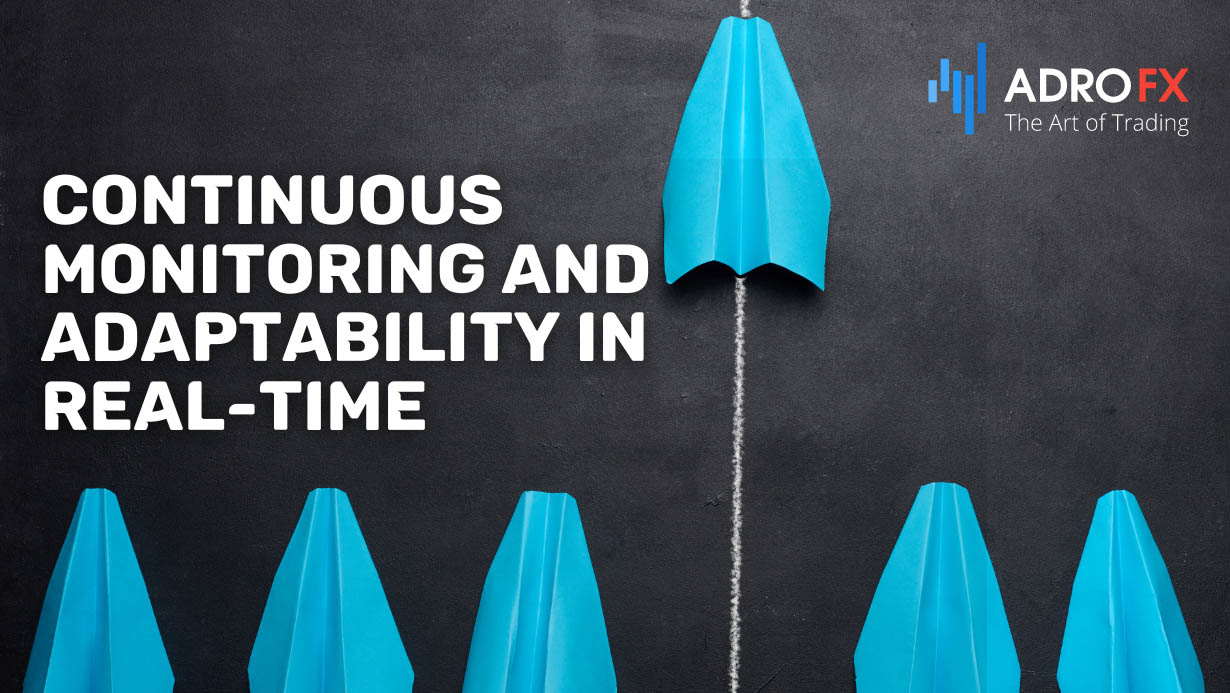
Continuous Monitoring and Adaptability in Real-Time
Understanding how market conditions affect your trading requires more than just a snapshot assessment. Successful traders recognize the dynamic nature of financial markets and the importance of staying informed in real-time. Continuous monitoring of price movements, economic releases, and breaking news allows traders to adapt swiftly to changing conditions.
Real-time adaptability is crucial in seizing opportunities and managing risks effectively. Whether it's responding to sudden volatility, adjusting strategies based on emerging trends, or navigating unexpected events, staying attuned to the market's pulse provides a competitive edge. Utilizing real-time data feeds, news services, and market analysis tools enables traders to make timely decisions and optimize their trading approach.
In the fast-paced world of trading, those who prioritize continuous monitoring and embrace adaptability are better positioned to capitalize on market opportunities and navigate challenges with agility. This proactive mindset aligns with the ever-evolving dynamics of financial markets, contributing to a more resilient and successful trading journey.
Conclusion
As we conclude our journey through the realms of market conditions, it becomes abundantly clear that success in trading hinges on more than just technical analysis or economic forecasting. It demands adaptability, a real-time responsiveness to the ever-evolving dynamics of financial markets. The ability to gauge and interpret market forces, identify trends, and adjust strategies accordingly is not a one-time skill but a continuous process. In the fast-paced world of trading, those who prioritize continuous monitoring and embrace adaptability are not just traders; they are navigators, steering through the complexities with agility. So, as you embark on your trading endeavors, remember that the pulse of the market is your guide, and real-time adaptability is your compass. May your trades be informed, and your strategies resilient in the face of the ever-shifting currents of the financial world. Happy trading!
About AdroFx
Established in 2018, AdroFx is known for its high technology and its ability to deliver high-quality brokerage services in more than 200 countries around the world. AdroFx makes every effort to keep its customers satisfied and to meet all the trading needs of any trader. With the five types of trading accounts, we have all it takes to fit any traders` needs and styles. The company provides access to 115+ trading instruments, including currencies, metals, stocks, and cryptocurrencies, which make it possible to make the most out of trading on the financial markets. Considering all the above, AdroFx is the perfect variant for anyone who doesn't settle for less than the best.

